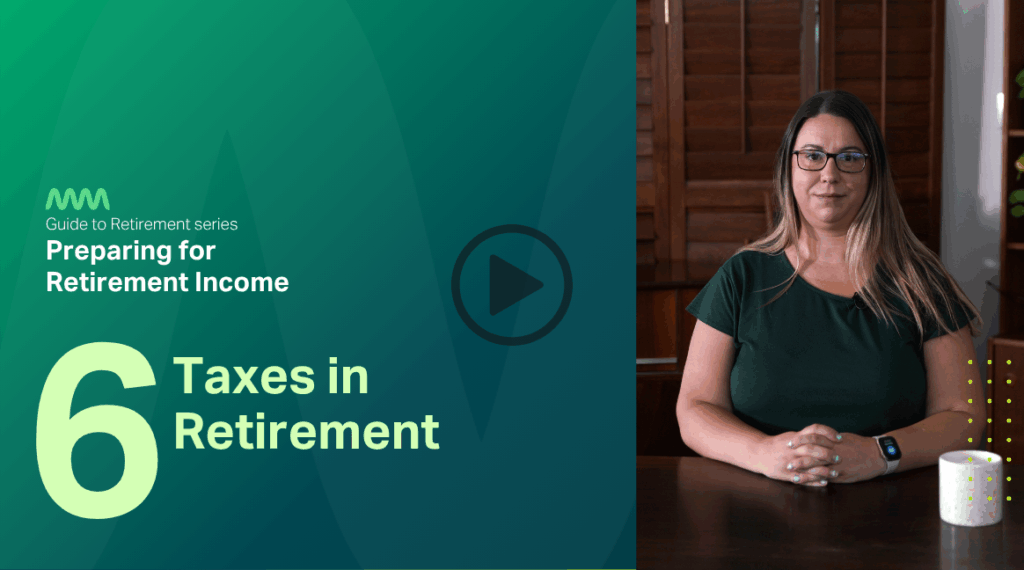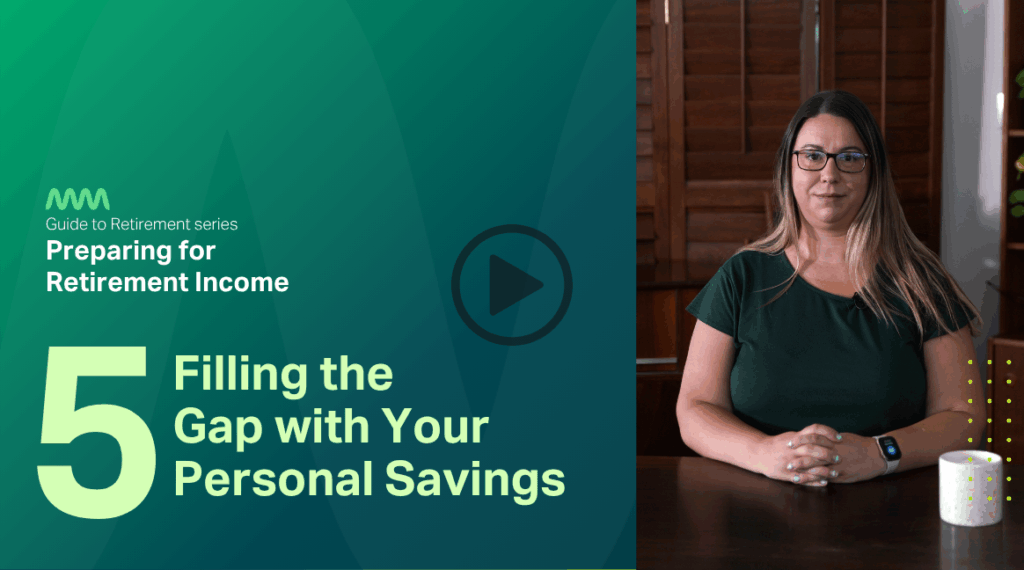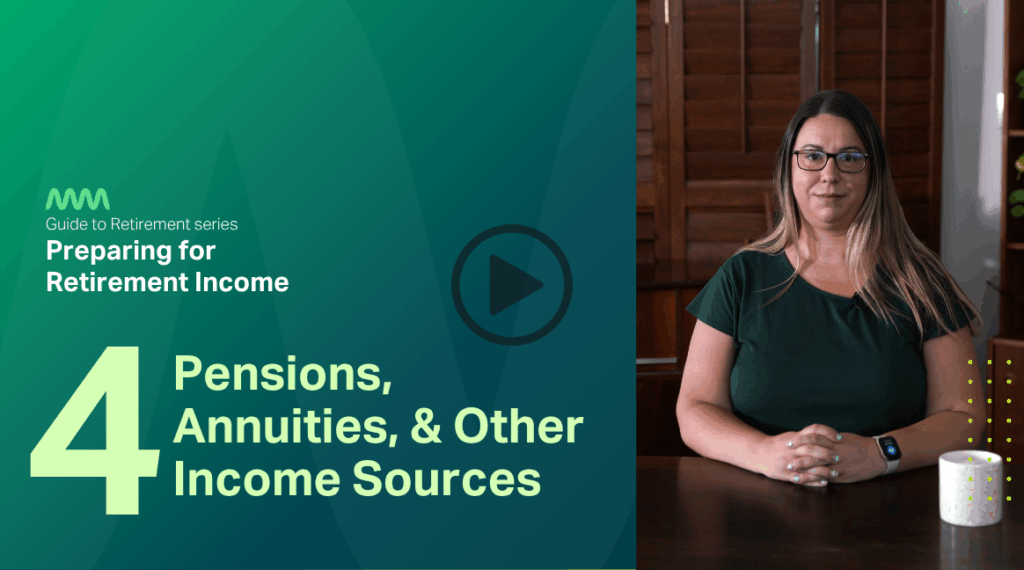Let’s dive into RRSPs—a financial tool that’s been at the heart of Canadian retirement planning since 1957.
First, when you contribute to an RRSP, you get a tax deduction. That means you don’t pay income tax on the amount you contribute.
When you withdraw money from an RRSP, you’ll pay income tax on it. This applies whether you’re withdrawing before or after retirement. It makes sense when you remember that the government gave you a tax break upfront.
Think of it as a tax deferral. You save now and pay later—hopefully at a lower rate in retirement.
There are two exceptions that allow you to withdraw money from an RRSP tax-free:
- The Home Buyer’s Plan, for purchasing a home
- The Lifelong Learning Plan, for continuing education or training
Your annual RRSP contribution room is calculated as:
- 18% of your taxable income
- Subject to a maximum limit
- Adjusted for other pension contributions
Important: once you use your contribution room, it’s gone. If you withdraw funds, that contribution room isn’t restored.
You can contribute to an RRSP until the end of the year you turn 71. After that, it converts to a Registered Retirement Income Fund (RRIF), which we can also support you with through the Common Wealth platform, where you can no longer contribute but must withdraw a minimum amount each year.



